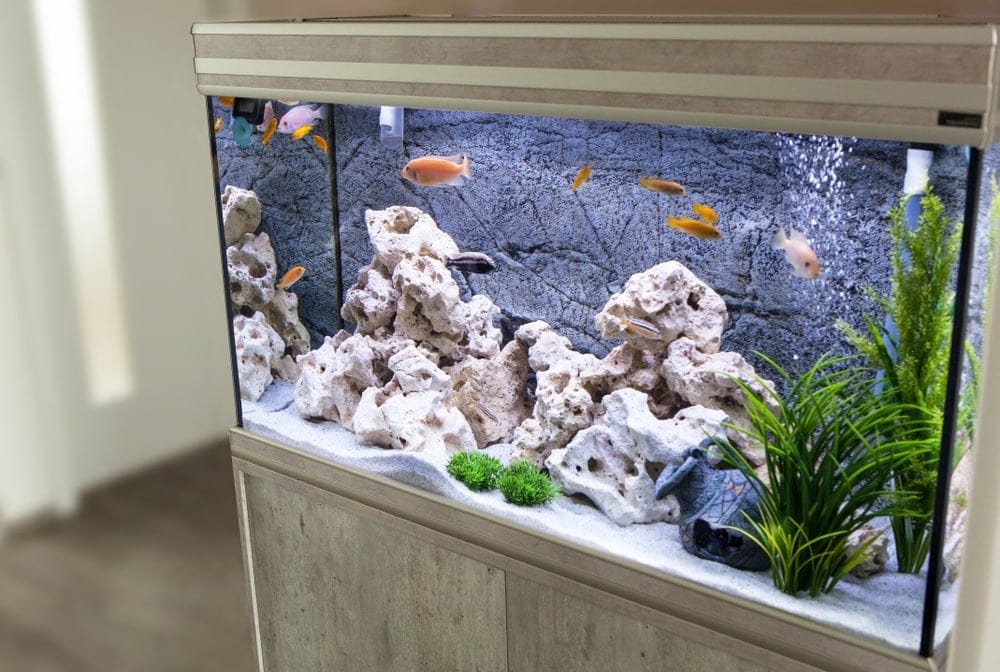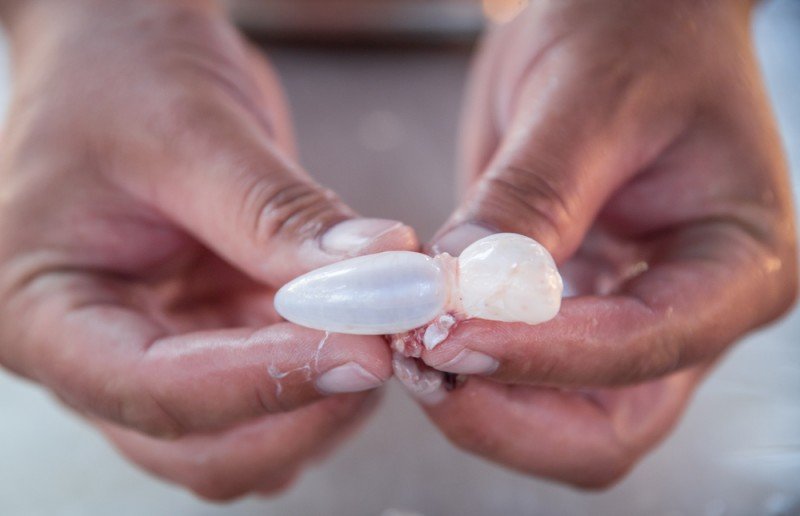What Does A Bio Pellet Reactor Do? Do You Need One?

Updated on

Biological filtration is a really important feature that any and every fish tank needs to have. It is part of the larger filtration equation that includes mechanical, biological, and chemical filtration. Mechanical filtration removes solid debris and chemical filtration removes leftover toxins, odors, and discoloration.
Biological filtration involves the growth and sustainment of a population of bacteria that work to break down fish waste, specifically ammonia, and turn it into nitrites and nitrates, thus removing harmful toxins from the water. Sure, the component of your filter that engages in biological filtration might be good, but if you have lots of plants and fish, it might not be good enough.
Also, your filter might not even come with biological filtration at all. This is where the bio pellet reactor comes into play. So, what is a bio pellet reactor and what does a bio pellet reactor do? It is a useful thing that can help keep your fish tank water clean and free of various poisonous elements.
What Are Bio Pellets?
Before we get into what a bio pellet reactor is and what it does, it would probably be useful to know exactly what bio pellets are. In simplest terms, bio pellets are a quick degrading polymer made out of bacteria and sources of nutrition for bacteria. These bacteria are very important in terms of water quality and to keep your fish healthy and alive.
They are used in aquariums in order to kick start and boost the nitrogen cycle of beneficial bacteria that turn ammonia into less harmful substances. They are really good things to use if your biological filtration system is not keeping up or if you have a really heavy bioload in the tank.
Bio pellets provide beneficial bacteria with a place to thrive, plus they also produce these bacteria. While not all aquariums have a bio pellet reactor, it is a really useful thing to have in your arsenal.

What Does A Bio Pellet Reactor Do?
In layman’s terms a bio pellet reactor has the function of housing bio pellets. It is a place for the bio-pellets to develop a strong colony of beneficial bacteria. It is a place where the bacteria in your aquarium can live, thrive, multiply, and clean the tank of various unwanted substances.
The bio pellet reactor holds a certain amount of bio-pellets. These degrade over time and release beneficial bacteria into the water, while also feeding the existing bacteria in the tank.
In essence, a bio pellet reactor is like a backup system for your existing or non-existing biological filtration unit. They help produce and sustain healthy populations of ammonia-killing bacteria that are necessary for all aquariums. Many people call it a steroid boost for the beneficial bacteria in the aquarium to help filter out and break down ammonia, nitrates, and nitrates.
How Does A Bio Pellet Reactor Work?
Bio pellet reactors are actually quite simple in terms of how they function. They are submerged in the water and use an intake pump to suck in water. The water passes past the bio pellets, and therefore past the bacteria, which filter out ammonia, nitrites, and nitrates out of that water. There is then an outtake tube that sends the filtered and ammonia-free water back into the aquarium.
The pellets in the bioreactor are always tumbling around in order to provide the bacteria with the oxygen they need to grow, survive, and multiply. The bio pellet reactor works by providing your aquarium with an increased amount of bacteria, a place to house those bacteria, and by providing them with a place to receive nourishment. More or less, it is like a backup biological filter for the breaking down of ammonia and other such substances.

How To Set Up A Bio Pellet Reactor
Setting up a bio pellet reactor is really not very hard. Just follow the below steps to get the job done and in order to achieve maximum biological filtration efficiency.
- Step One: Choose the particular bio pellet reactor that is best suited for the specific shape and size of your aquarium. Larger aquariums with more fish and plants will need bigger reactors and more bio pellets.
- Step Two: Fill the bio pellet reactor up to the necessary level with the bio pellets of your choosing. Do some research here because there are different kinds of bio pellets and you definitely want to use the ones that are best suited for your tank. For the most part, for every 50 gallons of water, you will need roughly one cup of bio pellets.
- Step Three: The bio pellets will release, produce, and feed bacteria on its own, but you can always buy and add some bacteria into the mix to speed things up. Liquid biological filtration bacteria can be found at your local aquarium store and online too. While not necessary, it will speed up the process and make the biological filtration processing your tank stronger and more efficient.
- Step Four: Place the bio pellet reactor in the desired location in your tank and turn it on. It really could not be any easier than that.
- Step Five: You will most likely need to add new bio pellets every 6 months to keep the reactor going at full power.
Benefits Of Using A Bio Pellet Reactor
Just in case it is unclear, let’s quickly go over the benefits of having a bio pellet reactor in your fish tank.
- It helps speed up the nitrogen cycle process in the beginning when you get a new tank. This means that you do not have to wait as long for the cycle to complete so you can add fish.
- It helps make up for the inefficiencies suffered by many filtration units. If you have a large bioload with lots of fish and plants, your filter might not be able to keep up. It is a good backup system to have in place in the event of ammonia spikes.
- Bio pellet reactors are great tools to help remove ammonia, nitrates, and nitrites from aquarium water so your fish can live healthily and happily in clean and ammonia free water (the right plants help too).
Conclusion
Now that you know all about what a bioreactor is and what it does, you might want to get one for yourself. They are definitely very useful tools to have in your fish-keeping arsenal and will go a long way in maintaining prime water quality and providing your fish with a more suitable living environment.
Feature Image Credit: Frantisek Czanner. Shutterstock











